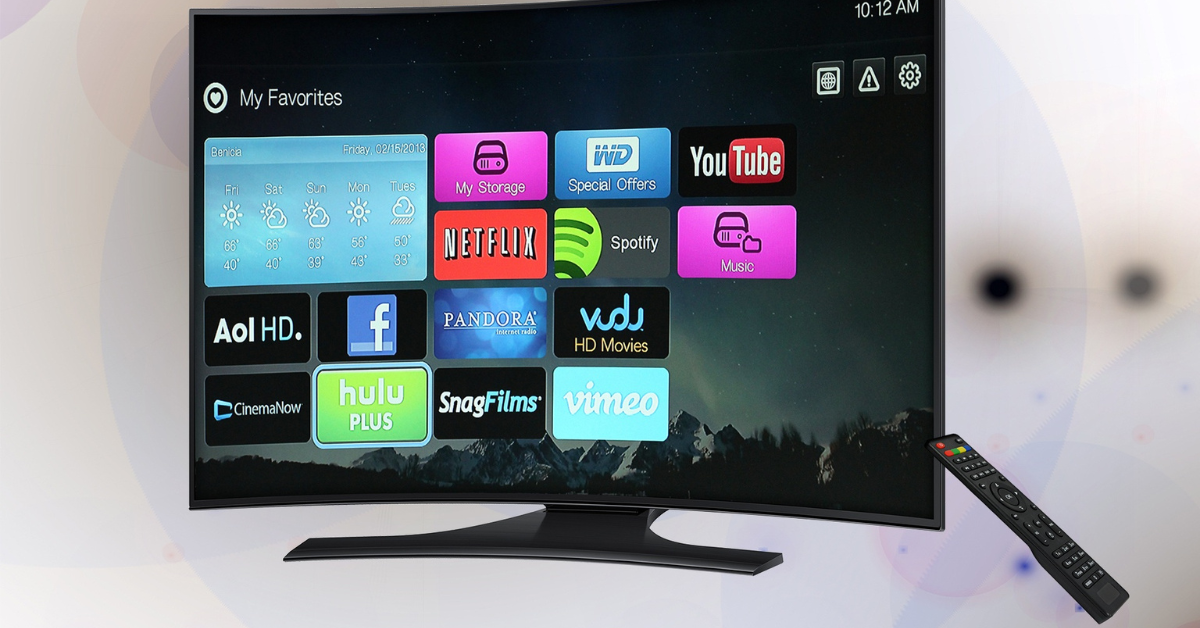How Local Businesses Can Use TV and Radio to Outshine Big Brands
Many local business owners assume they can’t compete with big brands when it comes to advertising.
However, TV and radio remain two of the most powerful tools for local businesses to establish authority, build trust, and capture market share.
Studies from Nielsen and the Radio Advertising Bureau consistently show that consumers trust local businesses more than national corporations, and by leveraging strategic TV and radio advertising, local brands can create a lasting presence in their community.
The Competitive Edge of TV and Radio for Local Businesses
1. Localized Messaging Builds Stronger Community Trust
-
Research by Nielsen shows that 60% of consumers prefer buying from local businesses over large corporations when given the choice.
-
Radio listeners form strong bonds with their favorite stations and on-air personalities, with 52% of listeners saying they trust radio hosts more than social media influencers (Radio Advertising Bureau).
-
Local TV stations still hold high credibility, with 67% of viewers stating they trust local TV news more than national networks (Pew Research Center).
2. Targeted Advertising Maximizes ROI
-
Local businesses can buy ad spots on regional TV and radio at a fraction of the cost of national networks, ensuring their message reaches the right audience (American Marketing Association).
-
Radio advertising delivers a 12:1 ROI, outperforming many digital platforms (Radio Advertising Bureau).
-
Data from the Radio Advertising Bureau indicates that local businesses that run consistent radio campaigns see an average revenue increase of 22% year-over-year.
Strategies to Outshine Big Brands Using TV and Radio
1. Leverage Personalization & Local Ties
-
Unlike national brands, local businesses can tailor messages to specific community needs, seasonal events, and local cultural touchpoints (Harvard Business Review).
-
Studies show that ads mentioning local references increase consumer trust by 27% compared to generic national ads (Nielsen Consumer Trust Study).
-
Sponsorships of local news segments, high school sports, and community radio programs create stronger audience engagement.
2. Utilize Frequency and Repetition for Brand Recall
-
Research on advertising effectiveness suggests that listeners and viewers need to hear or see an ad at least 7 times before taking action (Journal of Advertising Research).
-
Running short, high-frequency ads during peak times (morning drive-time radio and prime-time TV slots) improves brand retention.
-
A study from Nielsen found that TV campaigns that run for at least 3 months see a 43% higher engagement rate compared to short-term campaigns.
3. Take Advantage of Radio’s Cost-Effectiveness
-
Radio is the most affordable mass media advertising tool—local businesses can reach thousands of potential customers for a fraction of the cost of digital and TV ads (Radio Advertising Bureau).
-
Businesses investing in live-read radio endorsements from trusted hosts experience an increase in engagement by 34% compared to pre-recorded ads.
-
A well-crafted 30-second radio ad costs 80% less than a TV ad but maintains high engagement levels, making it ideal for budget-conscious advertisers.
4. Align TV and Radio with Digital Strategies
-
Studies show that radio and TV ads drive online searches up by 29%, demonstrating their influence on digital traffic (Marketing Science Institute).
-
Cross-channel advertising (radio + TV + social media) improves brand lift by 40% compared to using a single platform (Forrester Research).
-
Businesses using a TV and radio-first strategy combined with targeted digital follow-ups (YouTube, social media, retargeting ads) see higher conversion rates.
Case Studies: Local Businesses Winning Against Big Brands
Case Study 1: Local Auto Dealer vs. National Chains
-
A regional auto dealership invested in local TV and radio ads featuring customer testimonials and community engagement stories.
-
Within 6 months, they saw a 27% increase in foot traffic, surpassing the local market share of national dealerships (Automotive Marketing Association).
Case Study 2: Family-Owned Restaurant vs. Fast-Food Giants
-
A small, family-owned restaurant sponsored morning drive-time radio weather reports, positioning themselves as a daily staple for commuters.
-
They recorded a 22% increase in breakfast sales and a 15% lift in overall brand awareness within 3 months (National Restaurant Association).
Winning with Localized TV and Radio Advertising
While big brands rely on mass-market strategies, local businesses have the advantage of community connection, personalized messaging, and cost-effective targeting.
By leveraging consistent, engaging, and localized TV and radio campaigns, small businesses can outshine national competitors, strengthen brand loyalty, and drive sustainable revenue growth.



